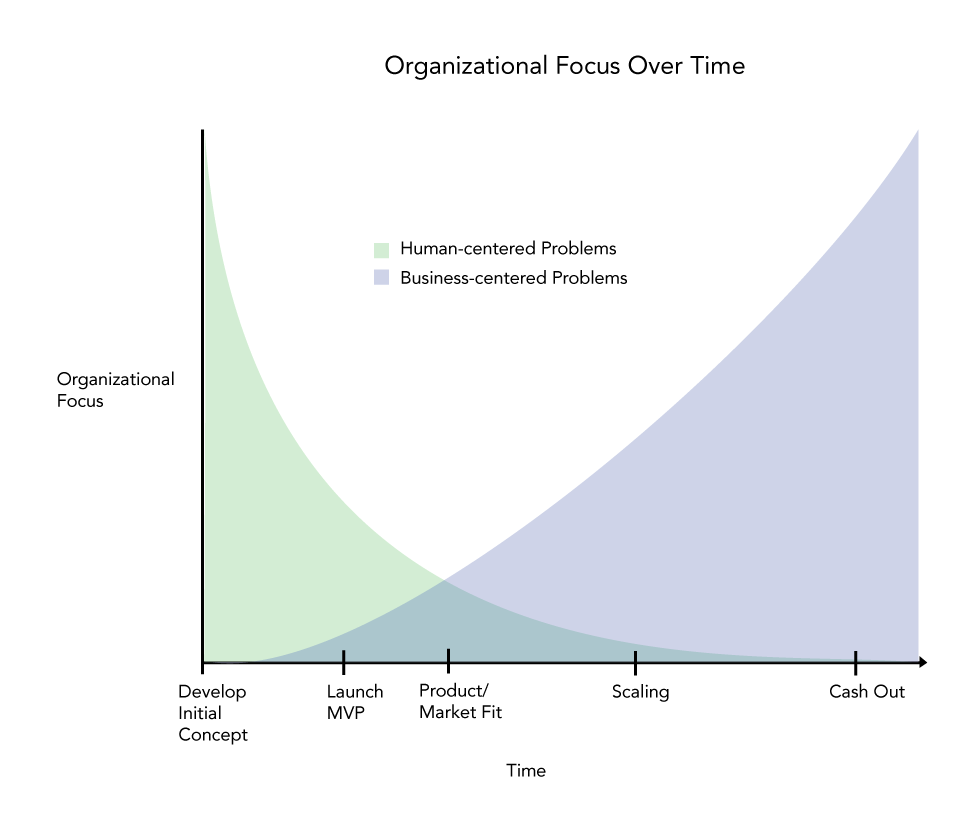
Saved by Mo Shafieeha
Human-Centered Design Dies at Launch

Saved by Mo Shafieeha

sari and added
The success or failure of a product is less about the technology and more the user’s experience of the technology. Be sure to find, keep, compensate, and celebrate those that are pushing the world of UX/UI forward. In the world of web services, design can no longer be outsourced or relegated to a department. As interfaces become companies, d
... See moresari and added

Sarah Wong added
sari added

sari and added
("JP") added